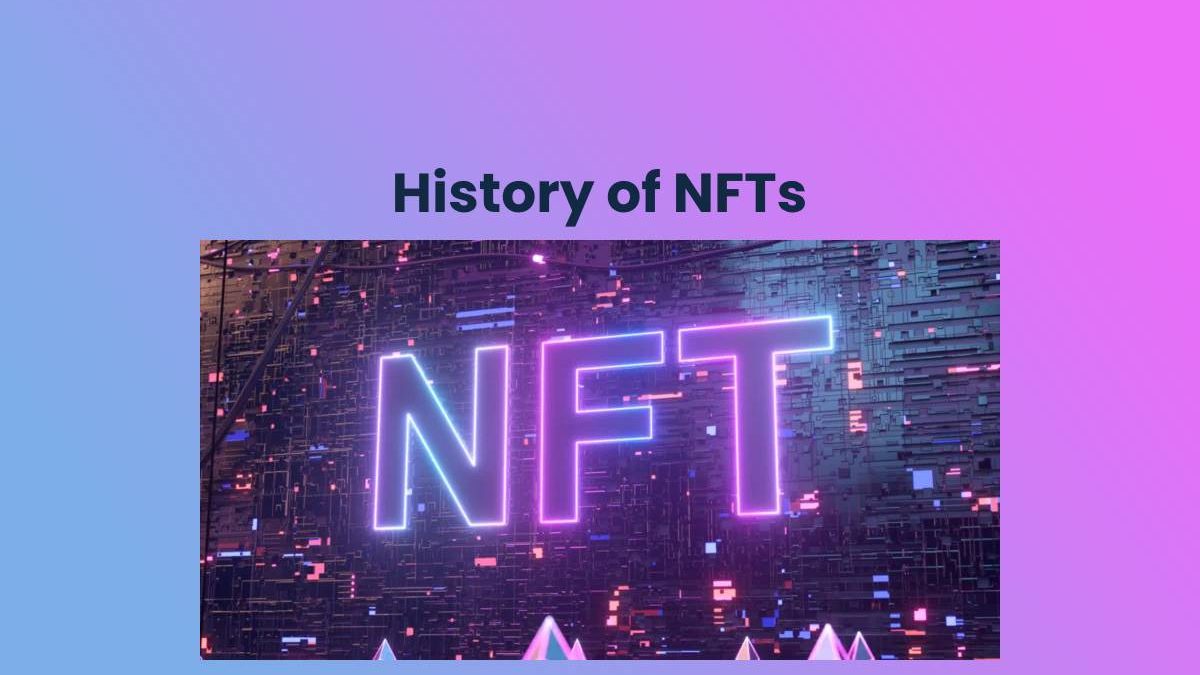NFTs have been around for centuries, and their use has evolved over time. The first known example of an NFT was in China, where prisoners were forced to wear blocks with identifying numbers carved into them. These blocks were later used as a form of currency. In the early 1800s, the French government began issuing paper certificates as legal tender. You should explore NFT Profit, if you are looking for some authentic guidelines about NFTs investment.
These certificates could be exchanged for goods and services, and they were used as a form of currency until the late 1800s. In the early 1900s, the first metal coins were issued by the United States Treasury. These coins were made of copper and nickel, and they were used to purchase goods and services until the late 1950s. In 1967, IBM developed the first digital currency, which was known as the IBM Credit Card.
This digital currency was used to purchase goods and services online. In 1983, the first virtual world was created, which was known as Habitat. In 1995, the first online auction site was created, which was known as eBay. eBay is still one of the largest online auction sites today. In 2009, the first cryptocurrency was created, which was known as Bitcoin. Bitcoin is still the largest cryptocurrency today.
Over the years, NFTs have evolved from physical objects to digital objects. This evolution has allowed NFTs to be used in a variety of ways, including as currency, commodities, and assets. NFTs are also becoming increasingly popular in the gaming community. Many games are now using NFTs as a form of currency, and some games are even creating their own virtual worlds. NFTs have come a long way since their inception, and they show no signs of slowing down.
How can we get benefits from NFTs?
One of the main benefits of NFTs is that they enable true ownership and security of digital assets. This is because NFTs are stored on a blockchain, which is a distributed ledger that is immutable and secure. As a result, users can be sure that their NFTs are safe and cannot be stolen or manipulated. Additionally, NFTs can be used to create unique digital assets that can be traded or used in gaming or other applications. For example, a developer could create a new token that represents a particular asset or game character and then sell it to other users. This would allow gamers to own and trade digital assets in a secure and trustless way. Finally, NFTs also provide transparency and auditability, which can be useful for verifying ownership or track transactions.
The proper way to Investing in NFTs
When it comes to investing in Non-Fungible Tokens (NFTs), there are a couple of key things to keep in mind. First and foremost, it’s important to do your research on the projects you’re considering investing in. With any new technology, there is always risk involved, so it’s important to understand the team behind the project, their roadmap, and what they plan to use the funds raised for.
Another thing to keep in mind when investing in NFTs is which blockchain the project is based on. Different blockchains have different features and capabilities, so it’s important to make sure the project you’re investing in is built on a blockchain that will be able to support their needs.
Finally, when investing in NFTs it’s important to pay attention to the market conditions. Like any other investment, the value of NFTs can rise and fall depending on supply and demand. So, it’s important to keep an eye on the markets and make sure you don’t invest more than you’re comfortable losing.
Conclusion
Overall, investing in NFTs can be a great way to diversify your portfolio and gain exposure to this new and exciting technology. Just remember to do your research, choose a project based on a blockchain with the features you need, and be aware of the market conditions. With these things in mind, you should be well on your way to investing in NFTs safely and securely.

